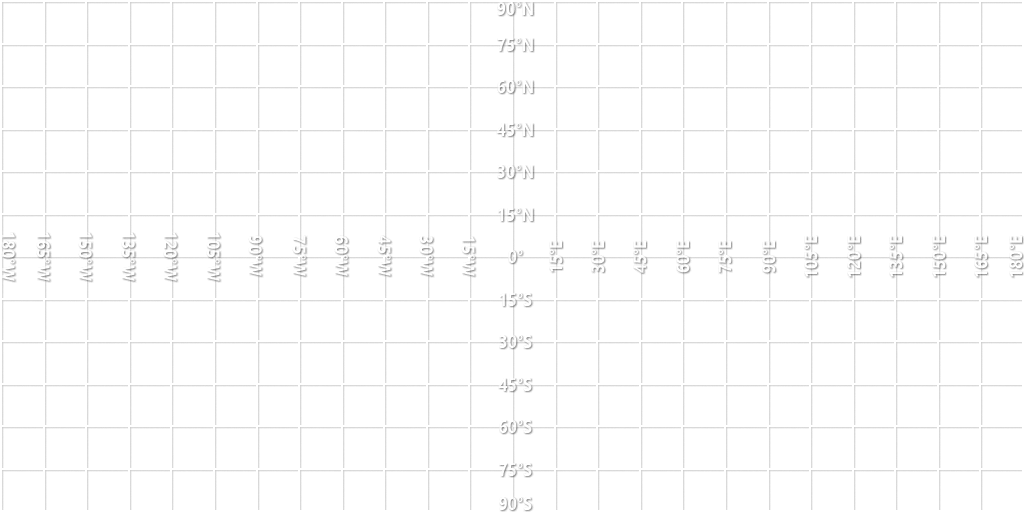General Info
Kesis is a small planet a bit larger than Mars, but it has a surface gravity around that of Venus. Despite it being far away from the habiable zone of it’s system, it still has life. In fact, it has intelligent life, with technology similar to Earth 600-700 years ago. It currently has a population of 3.2 million of these intelligent beings, but they haven’t really had much of an impact on the planet.
Climate
The climate on Kesis is a more cold one though, with the major biomes being Grasslands and Taigas, with their also being mountains. The average temperature is around 275 Kelvin (1.85 Celsius). It has snow in the higher altitude Taiga, as well as the Mountain Tops.
Culture
The culture of Kesis is very interesting. They are known as Kesisians, and are given the precious gift of many moons, icy ones in fact! The fact they are icy means that they are more luminous than our moon, likely by factors of 2-4 that of The Moon. The Kesisians have a culture based on these moons, with their being holidays through cycles of 20 or so Kesisian days, where, if there is a conjunction of the 3 moons, they will celebrate. The celebrations usually involve large amounts of food, fireworks, ang general cheer. There are also celebrations whenever there are eclipses from the largest and closest moon, Risar, with these ones being bigger, usually set on the last eclipse of the year.
Biology
The Biology of Kesis is quite diverse, with organisims ranging from terran trees, to shark-like organisims wth antenna and 4 eyes on either side of their head, which are known as Deyotryus Acreenius. There are a current number of large multi-cellular organisims exceeds 500,000.
Conclusion
Kesis is a small, aquagreen planet with diverse biology, along with a people rich in culture, and is a wonderful place to live if you like semi cold environments.
I hope you enjoy this planet!
GENERAL INFO
- Created On: iOS
- Game Version: 1.2.110.0
CHARACTERISTICS
- Radius: 764 km
- Sea Level: 0 m
- Surface Gravity: 8.5 m/s
- Rotational Period: N/A
- Escape Velocity: 3.60 km/s
- Mass: 7.41E+22kg
Atmosphere
- Height: 104 km
- Scale Height: 15 km
- Surface Air Density: 1.910 kg/m3
- Surface Temperature: 275 K
EQUIRECTANGULAR MAP

6 Comments
- Log in to leave a comment
-
3,674 Isosceles511.2 years ago
@Hyperant I will update it to have polar ice caps, but not now, as again, the first reason why the caps had left the chat is because I forgor
-
16.1k Tallisar1.2 years ago
The greenhouse gases shouldn't make Kesis not have polar caps. Due to uneven heating across the planet, there should at least be small caps. Also, vegetation that is dark would normally have anthocyanin, which can be a variety of colors, but it may be black or dark purple. @Spitty
-
3,674 Isosceles511.2 years ago
@Hyperant Oh, and for the polar caps, well for one, I forgor☠️
Two, it is likely that with higher amounts of greenhouse gases, and possibly higher circulation (I mean, look at the clouds, it is a cold mini Venus) could mean that there would be barley any Ice at sea level. -
3,674 Isosceles511.2 years ago
@Hyperant the thing is is that it orbits at 3.4 AU from a binary system center with the most bright star only being a K5V, and the habitable zone doesn’t even get up to 0.5 AU, meaning that Kesisian vegetation would need to be darker to take in the lower levels of light. If you are wondering, then, why Kesis is not just an oversized snowball, it would be due to higher levels of greenhouse gasses in its atmosphere. Oh, and thanks for your compliment/s on my planet!
-
16.1k Tallisar1.2 years ago
I love everything about this planet. One thing to take not of is that blue plants are very common around f-type stars. Also, where are the polar caps?







Sorry for the bad English at the end of the biology segment. I should be extremely sorry due to me being a native English speaker. I should have wrote “There are currently over 500,000 species of large multicellular organisms on Kesis.”